The Smart Side of Paris: Marin Mersenne and the Republic of Letters
Thousands upon thousands of tourists visit the beautiful Place des Vosges every year; and many more locals hang out there, sunbathing, exercising, and watching their children play. Many of them have heard that Victor Hugo lived there from 1832 until 1848, where he wrote part of Les Misèrables. But few people know that one of Europe’s most important intellectuals, Marin Mersenne (1588-1648), lived nearly his entire adult life just two blocks from the Place des Vosges on the Rue des Minimes, which was named for the religious order to which he belonged, the Minims. Despite rarely leaving his convent, he knew a number of the most celebrated intellectuals of the age, including René Descartes, Thomas Hobbes, Blaise Pascal, Pierre Fermat, and Tomasso Campanella. And he corresponded with some of Europe’s greatest scientists, such as Galileo and Christian Huygens. These are names right out of the Great Books of the Western World.
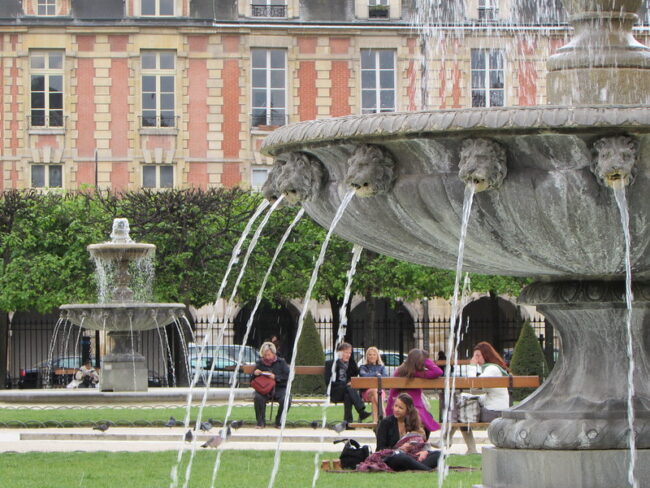
Place des Vosges. Photo credit: Marko Maras/ Flickr
How did a humble friar, born to middle class parents, come to keep such company? It is a fascinating story, one that would shape the Western intellectual world for centuries to come.
Mersenne was sent to study at a young age to the Jesuit College of La Flèche about 20 kilometers from his home. There, he received a traditional education that gave him the opportunity to enter the priesthood and pursue a lifetime of study. After he graduated, he studied theology and foreign languages at the Collège Royal and the Sorbonne in Paris. He taught in several cities but was recalled to Paris in 1619. There, he served as the superior of the Minim monastery near today’s Place des Vosges (what was then the Place Royale). Except for some intellectual travels in Europe, he spent nearly his entire life there.
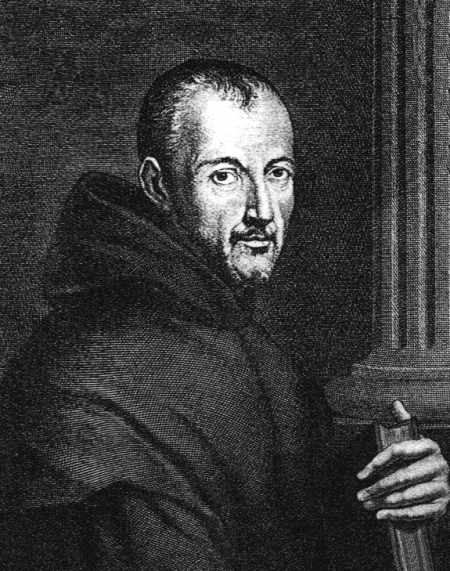
Marin Mersenne by H Loeffel, Blaise Pascal, Basel: Birkhäuser 1987 from Wikimedia Commons
There, he met one of the most remarkable figures of 17th-century intellectual life: Nicolas-Claude Fabri de Peiresc. People who knew Peiresc — and those who knew of him — thought him a man of inimitable morals, generosity, and curiosity. He made friends everywhere he went and saw it his duty and pleasure to provide scholars throughout the Mediterranean world with the resources and connections to further their work in areas ranging from anthropology and numismatics to foreign languages and biblical studies. He was so well connected and so esteemed that when Galileo found himself in trouble with the Church, several people called on Peiresc to intervene with the Pope on his behalf. He discovered the first nebula, rediscovered the lost “Great Cameo of France” in Sainte Chapelle, organized observations of eclipses, and commissioned the first map of the moon. One historian called him “the dynamo which drove the machine of intellectual discussion throughout Europe.” (Peter Miller, Peiresc’s Europe).
When he died, the great Pierre Gassendi wrote his biography titled The Mirrour Of True Nobility and Gentility.
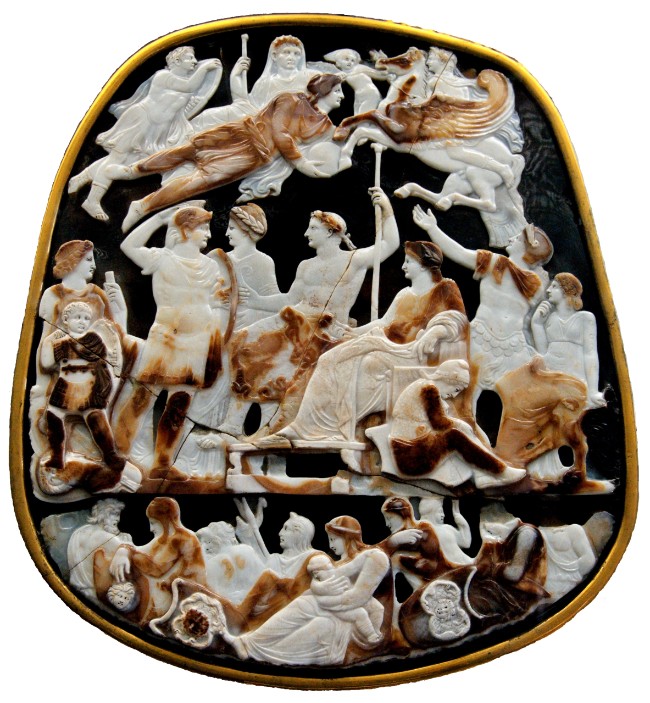
So-called Great Cameo of France. Five-layered sardonyx cameo, Roman artwork, second quarter of the 1st century AD. Credit: Janmad / Wikimedia commons
Mersenne’s meeting with Peiresc was among the most propitious and fecund of any in intellectual history. Mersenne’s curiosity exploded after meeting Peiresc; Philippe Hamou connects Mersenne’s “overflowing intellectual activity” to his interaction with Peiresc (Stanford Encyclopedia of Philosophy). While Mersenne vehemently defended orthodox Catholic ideas early in his career (for example, in his book defending religion against “deists, atheists, and libertines”), after Peiresc encouraged Mersenne to be more open minded, his writings took a more scientific turn. He churned out nearly a book a year, including, in 1634, The Mechanics of Galileo and the singular Questions Inouyes.
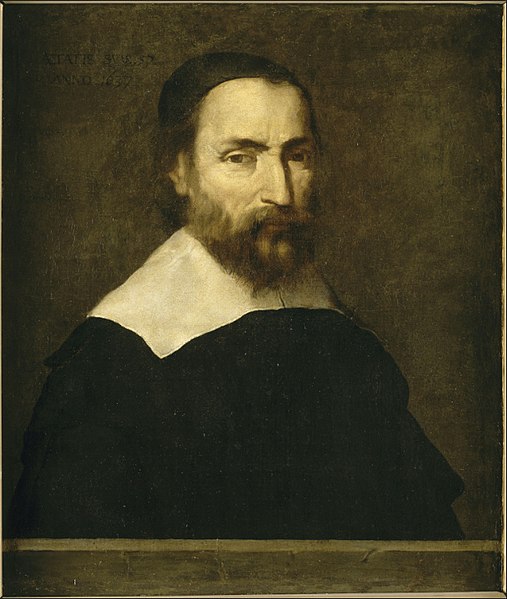
Nicolas-Claude Fabri de Peiresc, more commonly known as Peiresc (1 December 1580 – 24 June 1637). Painted by Louis Finson. Wikimedia Commons
The Questions Inouyes (Incredible Questions or Unprecedented Questions) is literally a book of 38 questions. He asks questions about physics, such as how fast the sun moves, whether we can measure how much one body will move another when striking it, and whether things gain or lose weight by being heated or cooled. He wonders whether there might be a system for writing the sounds of all languages and whether people can learn philosophy on their own. He even asks whether physics is reducible chemistry, or vice versa. What is most unusual about this book is that it suggests that humankind’s potential for intellectual advancement is virtually unlimited — an idea that might well have landed him in trouble because of the Church’s self-declared monopoly on truth.
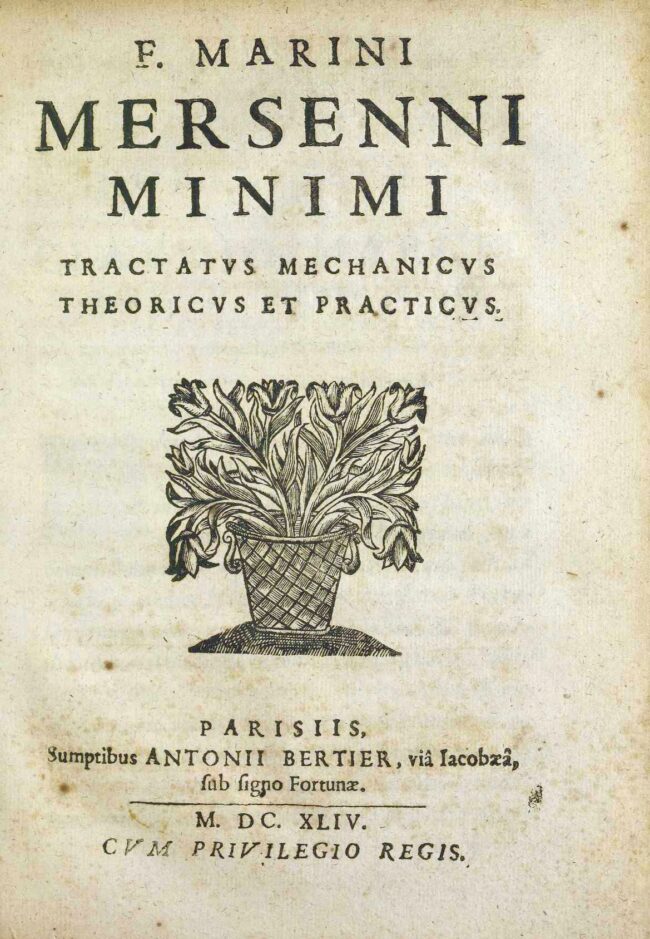
Tractatus mechanicus theoricus et practicus, 1644. Marin Mersenne. Public domain
Perhaps even more important for Mersenne than adopting Peiresc’s wide-ranging curiosity is that Peiresc’s insatiable networking rubbed off on Mersenne. In the 1620s, Mersenne organized a group to meet weekly at his house that came to be called the Académie Parisienne. The group held discussions in person and read correspondence aloud from scholars outside Paris about the most important and thought-provoking philosophical and scientific topics of the age. And Mersenne corresponded even more extensively than his mentor Peiresc. There are almost 150 extant letters from Descartes to Mersenne alone. He wrote to Galileo, Christian Huygens, Evangelista Toricelli, Thomas Hobbes, Michaelangelo Ricci and other scholars in England, the Netherlands, Italy, Poland, Turkey, Hungary, and virtually all of Europe. Harcourt Brown said that Mersenne was responsible perhaps more than any other person for the establishment of “the intellectual centre of Europe in Paris”; Dena Goodman called him the heart of the European intellectual world known as the Republic of Letters.
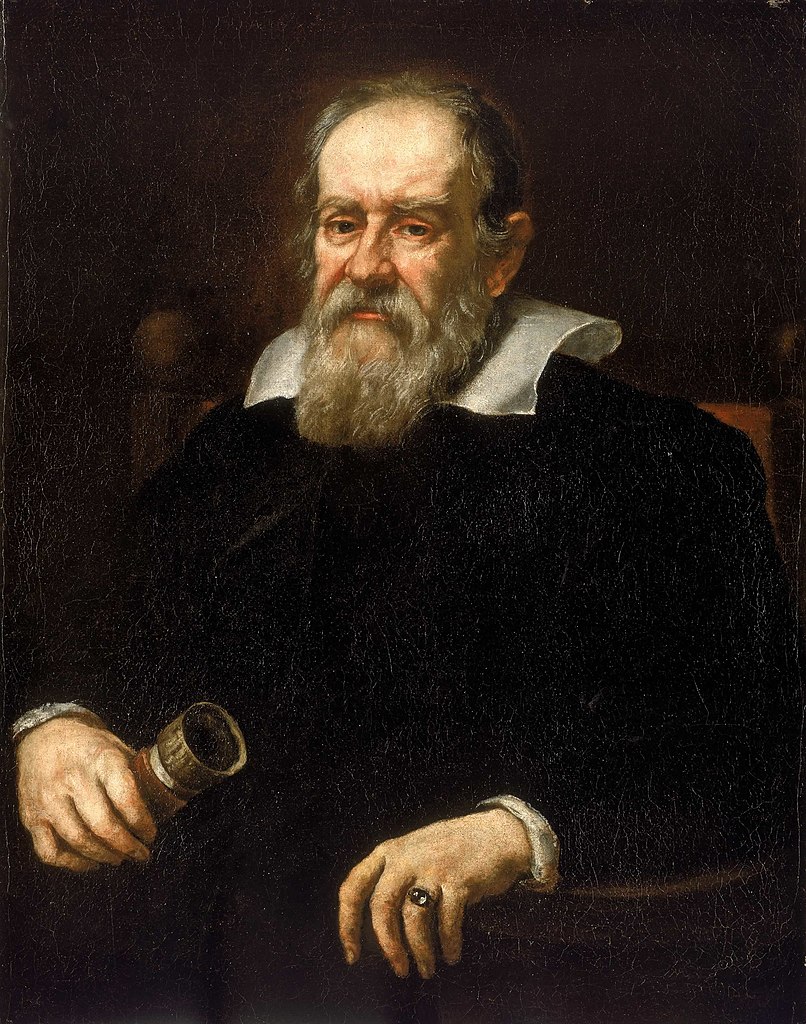
Justus Sustermans – Portrait of Galileo, 1636. Credit: RMG / Wikimedia Commons
With so much intellectual activity centered in Paris, it was probably inevitable that it would find a broader audience. A movement grew out of Mersenne’s meetings to educate a broader public. In 1633, Théophraste Renaudot began a series of public conferences — something like early modern TED talks — for anyone interested from any social class or level of learning. Running every Monday until 1642, the talks addressed “scientific topics such as the four elements, the vacuum, the tides, wind, and a host of natural phenomena.” Not limited to science, “they also addressed medical and nutritional issues, legal matters, and practical advice such as learning to speak graciously and properly in public. There were conferences on windmills, rare manuscripts, marriage, gardening, military enlistment, and wine.” Most importantly, these conferences were created with “an inclusive humanitarian vision in mind” — something that was truly exceptional for the age. (John Eigenauer, Paris and the Birth of Public Knowledge). Mersenne attended and summarized these conferences and included a description of them in some of his correspondence with scholars in the Republic of Letters. They were published later in French and translated into English and remained popular reading for years. The lectures, now nearly forgotten, are the subject of a fascinating book by Kathleen Wellman titled Making Science Social.
Even more impressively, the most famous intellectual body in France, the Académie des Sciences, grew out of Mersenne’s original academy. Louis XIV’s minister, Jean-Baptiste Colbert, for whom the magnificent chateau at Sceaux was built, used Mersenne’s Academy as a model. By that time, Mersenne had passed on, but his passion for science and his insistence that networks of scholars could accomplish more than lone geniuses lived on.
And so, the next time you walk through the Place des Vosges, stroll down the Rue des Minimes and think of Descartes, Hobbes, Pascal, and others walking to meet together and hear letters from Europe’s greatest thinkers read aloud in Mersenne’s cell. And when you visit Sceaux, don’t just think of it is an imitation of Versailles: think of it as a place where the ideas for the Académie Française were formed in imitation of the network of a humble minim friar who rarely left his cell a minute’s walk from the Place des Vosges.

Le Château-Musée départemental de Sceaux, Journées du Patrimoine. Credit: Jean-Pierre Dalbéra/ Wikimedia Commons
Lead photo credit : Photo by Ananya Mittal on Unsplash
More in Blaise Pascal, Galileo, Marin Mersenne, Pierre Fermat, Place des Vosges, René Descartes, Rue des Minimes, The smart side of Paris, Thomas Hobbes, Tomasso Campanella

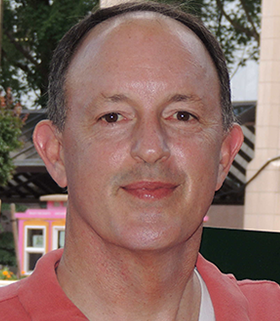
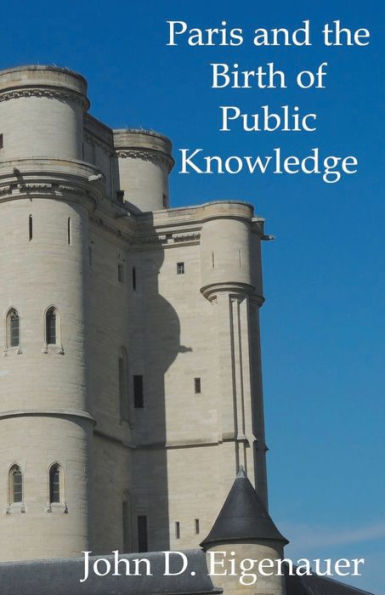
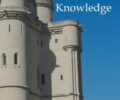
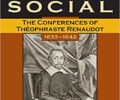



REPLY